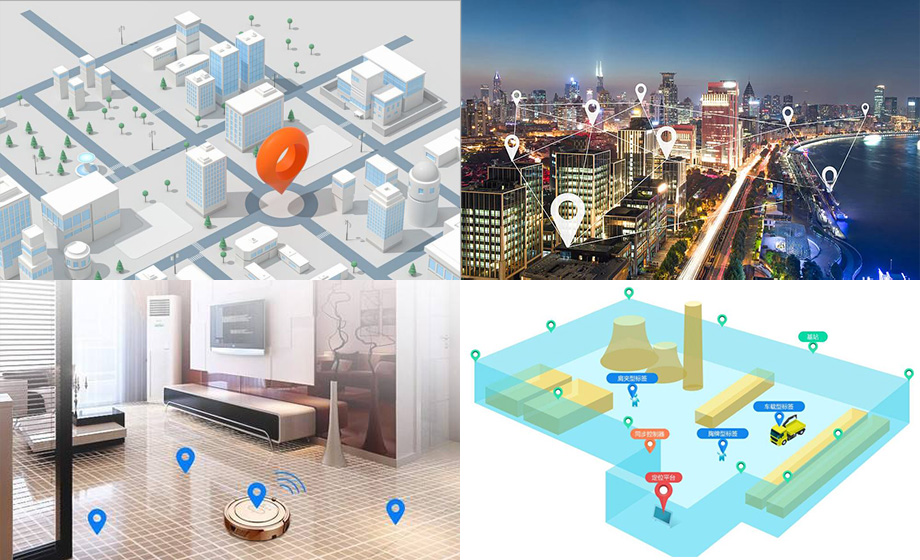UWB positioning technology UWB module shipments will soar to 1.3 billion in 2026. According to market analysts, although Covid-19 has had an important impact on the mobile device market, smartphone sales and more wearable devices, tablet The increase in demand for computers and notebooks has contributed to the steady recovery of the market.

They further pointed out that under the influence of the epidemic, consumers are constantly changing their consumption habits for work, study and entertainment, and it is necessary to improve the connection capabilities of smart devices and devices to promote the growth of demand and sales of related products. While 5g connectivity is making headlines in consumer technology news, the market is also witnessing the widespread adoption and rise of ultra-wideband (UWB) technology.
Although UWB positioning technology is in the early stages of its ecosystem development, it is rapidly evolving into a dominant short-range wireless technology that can be used in a variety of devices, including smartphones, wearables, tablets, mobile accessories and other consumer electronic product.
By 2026, UWB-enabled module shipments will increase from 143 million in 2021 to more than 1.3 billion. According to them, UWB has emerged as a secure and fine-tuned ranging technology that enables a variety of location-based user experiences that other wireless connectivity technologies cannot effectively support. Filomena Iovino, a consumer technology research analyst, said: In 2016, UWB positioning technology first gained market traction in asset management and location services. Since entering the consumer market in 2019, UWB has shown explosive growth, and the smartphone market has been the first to receive attention.
Apple is one of the companies that uses UWB in its smart devices. They added UWB module functionality to the iPhone 11 and Watch 6 portfolio. Now that UWB appears in products from Samsung and Xiaomi, more suppliers will follow.
By the end of 2021, there will be more than 190 million smartphones (14% of total shipments) with UWB capability, which will increase to 643 million (about 40%) by 2026. Currently, cellular services, led by smart phones, account for the largest component of UWB. Cellular will hold the largest share of the UWB market and total projected 1.3 billion UWB module shipments in 2026, with a combined share of 59 percent, Iovino said.
As UWB positioning technology will become the mainstream technology for most mobile devices, it will also develop in other areas such as fans, lights and smart speakers, as well as the smart home device market such as automobiles. This shows that the application scope of the UWB ecosystem is expanding.
However, ABIResearch also emphasized that despite the expected phenomenal growth of UWB, the technology still faces many challenges, especially the relatively large size of the UWB positioning module antenna and the difficulty of integration, which will challenge tags, wearable devices and sensors, etc. small device. Iovino concluded: The higher cost of UWB module components and infrastructure can also be prohibitive, and regional differences and limitations add complexity to the development and deployment of a standardized UWB ecosystem compared to other short-range technologies focused on replacement.
As a leading location service practitioner in UWB positioning technology, our company is making every effort to welcome the arrival of the new era.



